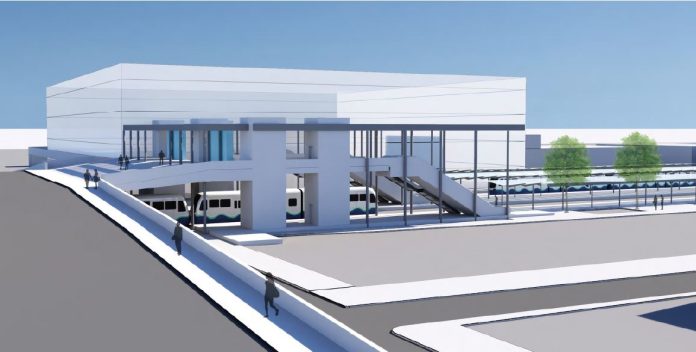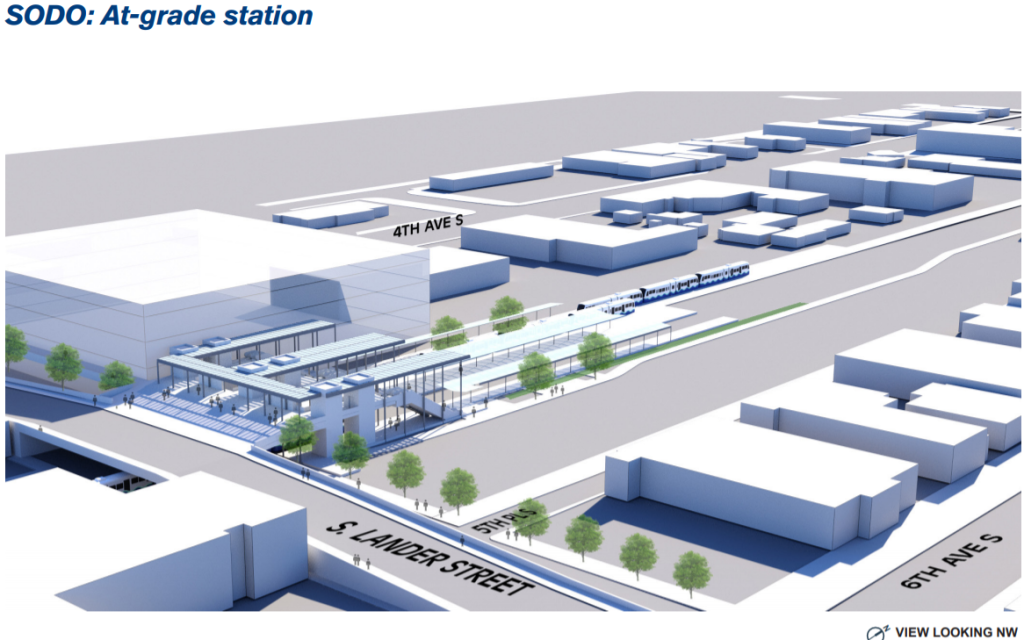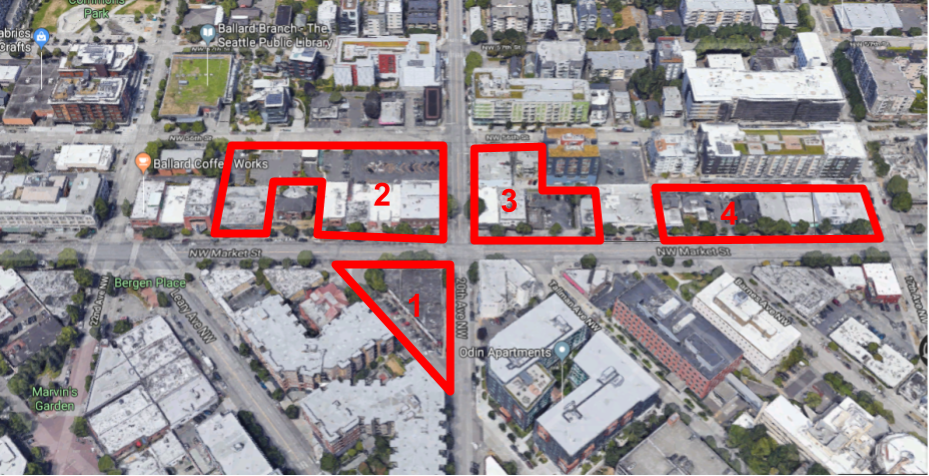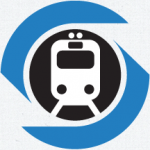
At long last, this is (probably) your last chance to comment on the Ballard and West Seattle Sound Transit 3 (ST3) alternatives before options are selected and sent forward to the Environmental Impact Statement (EIS) process. The recently released alternatives were covered in The Urbanist last week and the deadline to respond to Sound Transit via email or online is 5pm on Friday.
The following is our suggested feedback for the new options and they build on the basic concepts we’ve been talking about since ST3 alternatives analysis started. Focus on reliability, expandability, and accessibility and make decisions that work best for transit riders. Wherever possible, include alternatives that are both affordable and high quality.
West Seattle: Do not advance the Pigeon Point or Yancy/Andover options
Considering the high costs of tunnels and potential funding difficulties, it’s critical that a lot of focus is put on advancing the best elevated option possible for West Seattle. From this round, the Pigeon Point option, which would add $900 million to the cost of the scoped $1.5 billion project should be permanently excluded from further consideration. The Yancy/Andover option should likewise be excluded from consideration because it would make Delridge, a key bus transfer station, worse for bus-rail integration. Yancy/Andover option also performs worse than the “Delridge Station South of Andover” option on nearly all the metrics presented by Sound Transit.

SODO: Do not advance elevated or partial elevated options
The cost of both SODO elevated and partial elevated options don’t appear to translate into meaningful benefits for riders at $500 million and $200 million of added costs respectively. The at-grade options presented in earlier studies include overpasses to avoid car-train conflicts so the elevated and partially elevated options don’t increase reliability. The loss of the SODO busway is a drawback, but Link’s increased capacity and frequency in the future replaces the busway’s function.

Ballard: Advance “Thorndyke Portal” tunnel and study elevated option on 20th Ave NW
Locating the Ballard station in the center of Ballard’s urban village instead of at the far edge is a huge improvement over the other considered alternatives. Transit works best when transit is easy walking distance to residences and attractions, which makes the 20th Ave NW option a far better location for a Ballard station even if we consider potential future transit-oriented development. Ballard Avenue isn’t moving east.

The more affordable of the two tunnel options –the “Thorndyke Portal” option– adds $450 million to the project, but may be worth it for the huge increase in accessibility. For expandability, a station on 20th Ave NW works well with future interlined expansion to the east and makes a Ballard/UW line with an added station on 8th Ave NW an even more attractive option. That said, we would like to see an elevated high-bridge option with a 20th Ave NW station also studied in case funding isn’t available for a tunnel.
Comment Now
You have until Friday at 5pm to get your comments in to wsblink@soundtransit.org or comment through the open house online. From there, the process advances to the Sound Transit Board who will select the options that will be carried through to the formal environmental impact statement process.
The Urbanist is the midst of our fall subscriber drive. Please consider becoming a monthly subscriber to support our work.
[give_form id=”74719″]
Seattle Subway is an all-volunteer, grassroots organization dedicated to promoting high quality transit for Seattle and the Puget Sound Region on the fastest possible timeline.



